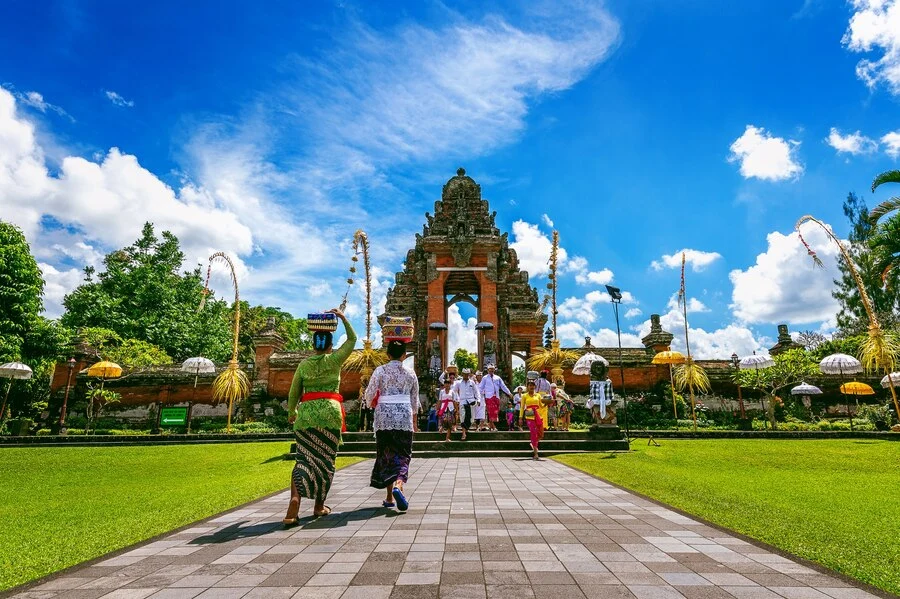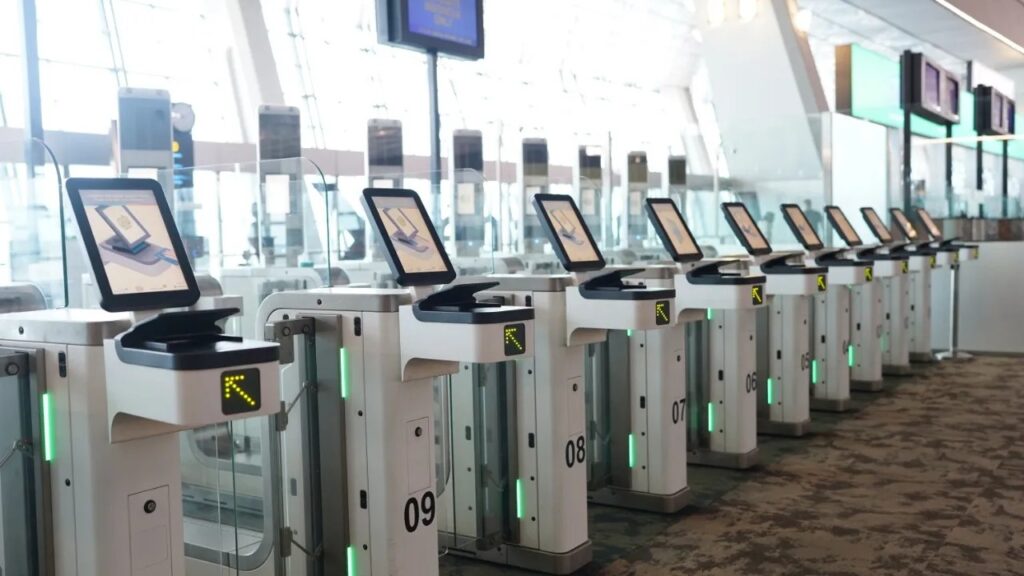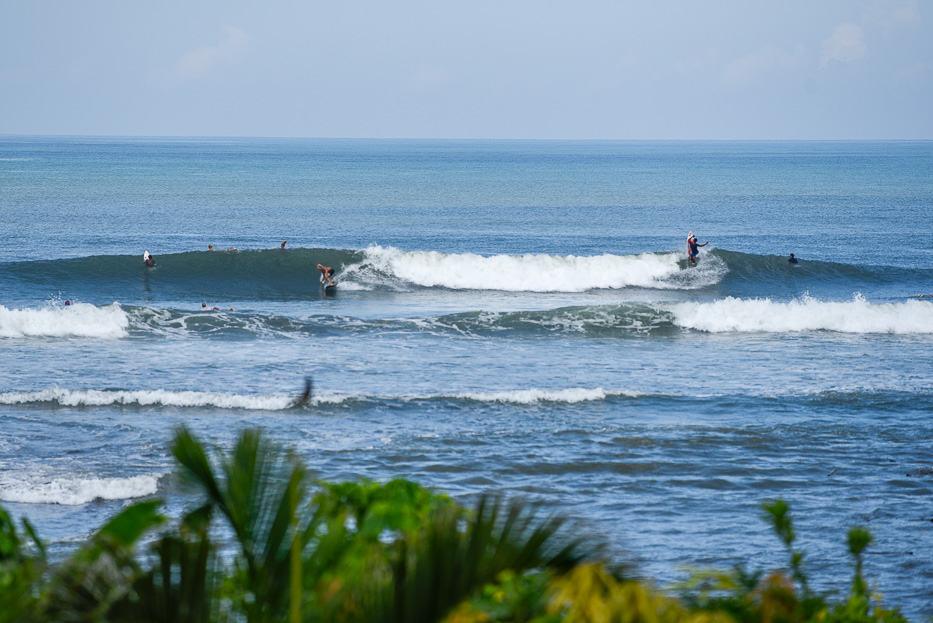Bali, a jewel of the Indonesian archipelago, is not only renowned for its captivating beaches and lush landscapes but also for its deep historical roots. Its journey from prehistoric times to a vibrant modern paradise is a tale of cultural evolution, spiritual resilience, and the enduring spirit of its people. Let’s delve into the detailed history that has shaped Bali into the enchanting island it is today.
The Dawn of Civilization
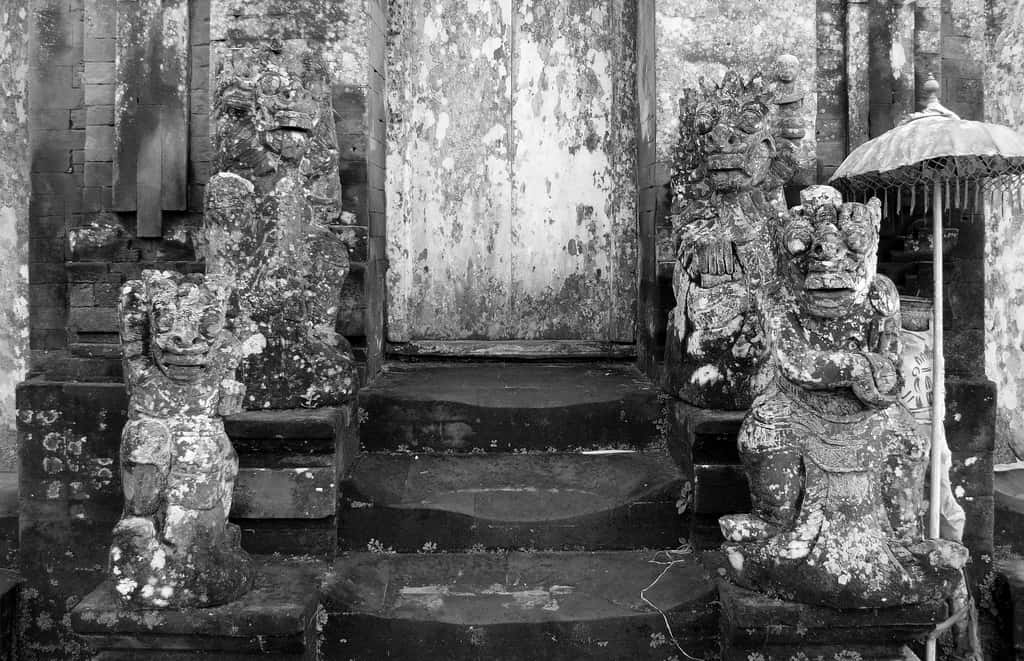
Bali’s story begins with the arrival of Austronesian people around 2000 BCE. These early settlers were skilled navigators and farmers, bringing with them the knowledge of rice cultivation and animal domestication. Archaeological findings, such as stone tools and pottery shards in the village of Cekik in western Bali, provide evidence of these ancient communities.
Rice, a staple of Balinese culture and cuisine, became central to the island’s agricultural practices. The early Balinese developed intricate irrigation systems, which laid the foundation for the sophisticated Subak system still in use today. Their intimate connection with the land was not only practical but also spiritual, as they believed that harmony with nature was vital for prosperity.
Trade also played a pivotal role during this period. Bali’s strategic position in maritime routes allowed it to interact with neighboring regions, including China, India, and Southeast Asia. These exchanges set the stage for the island’s transformation into a cultural melting pot.
The Hindu-Buddhist Kingdoms
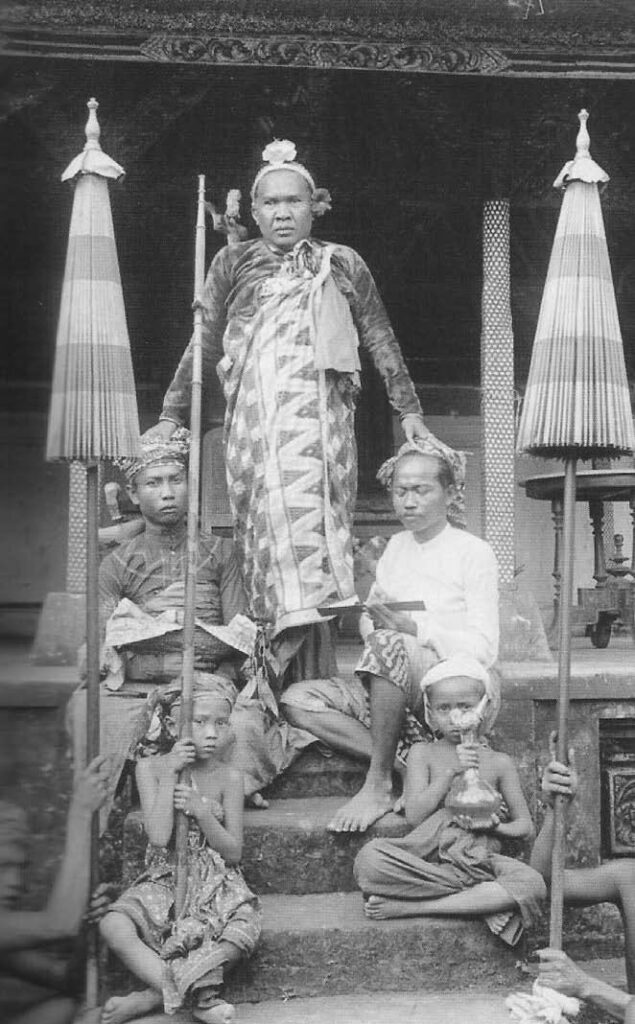
The introduction of Hinduism and Buddhism around the first millennium CE marked a transformative era in Bali’s history. Indian traders and scholars, along with Javanese influences, brought these religious practices to the island. Over time, Balinese Hinduism evolved as a unique blend of Indian spirituality and indigenous animist traditions.
The earliest known Balinese kingdom emerged in the 8th century under the rule of King Sri Kesari Warmadewa. He is commemorated in inscriptions found at the Belanjong pillar in Sanur, which detail his military expeditions and governance. This period saw the establishment of Bali as a cultural and religious center.
The Warmadewa dynasty, which lasted until the 14th century, oversaw a flourishing era of temple construction and artistic development. Temples like Goa Gajah (Elephant Cave), carved into rock with intricate reliefs, and Gunung Kawi, a sacred site featuring royal tombs, reflect the grandeur of this time. These landmarks became spiritual hubs for worship and cultural gatherings.
Majapahit Influence and the Golden Age
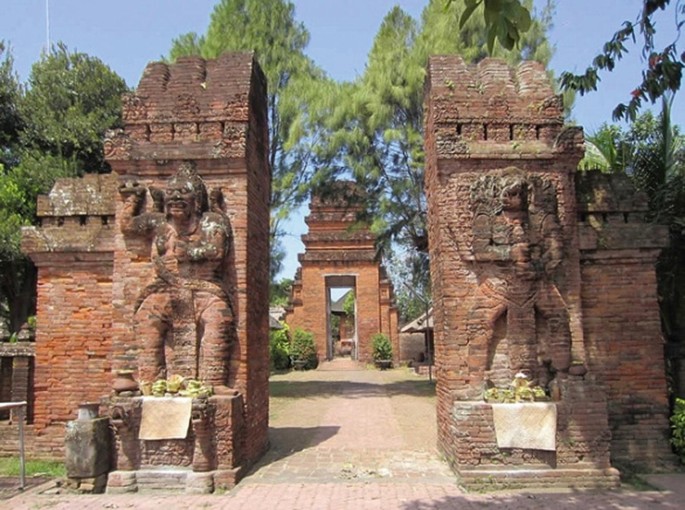
In the 14th century, the Majapahit Empire, based in Java, extended its reach to Bali. This expansion brought a golden age of prosperity and cultural enrichment to the island. The Majapahit rulers introduced advances in art, literature, and governance, leaving a profound legacy that continues to influence Bali today.
Under the Majapahit influence, Bali’s religious and artistic practices flourished. Temples became even more elaborate, adorned with intricate carvings and statues depicting Hindu deities and mythological stories. Balinese dance forms, such as the Legong and Barong, developed as a means to narrate these tales, blending performance with spirituality.
However, the fall of the Majapahit Empire in the 16th century triggered a significant migration of Javanese nobles, priests, and artists to Bali. Seeking refuge from the spread of Islam in Java, they brought with them a wealth of cultural and spiritual knowledge. This influx reinforced Bali’s identity as a stronghold of Hindu tradition amidst an increasingly Muslim-dominated archipelago.
Colonial Era: Dutch Control
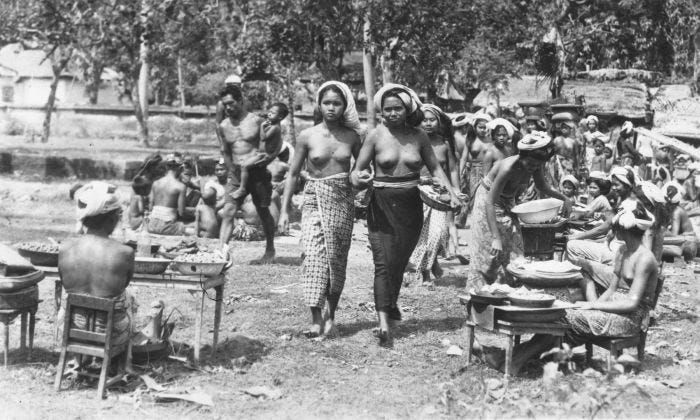
The arrival of Europeans in the 16th century marked a new chapter in Bali’s history. While the Portuguese made early exploratory visits, it was the Dutch who eventually established control. Initially, the Dutch East India Company (VOC) focused on trade, but by the 19th century, they sought to exert political dominance over Bali.
The Balinese fiercely resisted colonization, leading to a series of violent conflicts. The most tragic and symbolic of these events were the Puputan, or mass ritual suicides, performed by Balinese royals and their followers. The Puputan of Badung in 1906 and Klungkung in 1908 are poignant reminders of the Balinese commitment to dignity and freedom, even in the face of overwhelming odds.
Despite their conquest, the Dutch recognized the unique cultural value of Bali. By the early 20th century, they promoted the island as a tourist destination, presenting it as an exotic paradise to attract Western travelers. This laid the groundwork for Bali’s eventual emergence as a global tourism hub.
World War II and Indonesian Independence
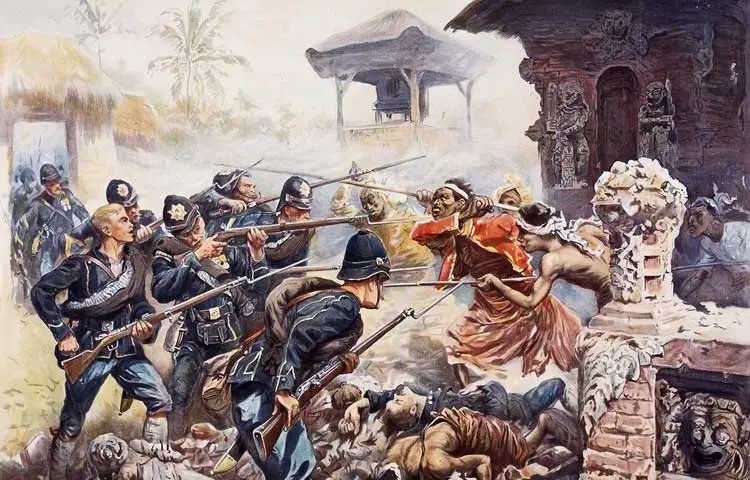
The Japanese occupation of Bali during World War II brought further upheaval. While the Japanese ousted the Dutch, they imposed their own form of control, which disrupted local governance and economic stability. The period was marked by hardship, but it also fueled the Indonesian independence movement.
Following the war, Bali became part of Indonesia’s struggle for sovereignty. Balinese leaders played a significant role in advocating for independence, and in 1949, Indonesia officially gained recognition as a sovereign nation. Bali’s integration into the new republic brought political and economic changes, but the island retained its cultural distinctiveness.
Modern Bali: A Global Paradise

The 20th century saw Bali evolve into one of the world’s most beloved destinations. The construction of Ngurah Rai International Airport in the 1960s made the island more accessible to international visitors. The rise of global tourism brought significant economic growth, transforming Bali from an agrarian society into a bustling hub of culture, leisure, and commerce.
However, modernization also brought challenges. The 1963 eruption of Mount Agung devastated parts of the island, displacing thousands and disrupting the economy. Despite this tragedy, the Balinese people demonstrated remarkable resilience, rebuilding their communities while maintaining their spiritual and cultural practices.
Today, Bali balances its ancient traditions with the demands of modern tourism. Luxury resorts coexist with traditional villages, and bustling nightlife thrives alongside serene temples. The island has also become a leader in eco-tourism, promoting sustainability to preserve its natural and cultural heritage.
Preserving Bali’s Historical Legacy
Bali’s history is a story of adaptation and continuity. From its early beginnings as a trading post to its transformation under Hindu-Buddhist kingdoms and its role as a colonial territory, the island has weathered centuries of change. Through it all, Bali has preserved its unique identity, offering visitors a chance to experience a culture that is both timeless and dynamic.
For those exploring Bali today, its history is not confined to museums or ancient ruins. It is alive in the daily rituals, the vibrant festivals, and the enduring spirit of the Balinese people. Visiting a temple, witnessing a traditional dance, or simply sharing a meal with locals offers a window into an extraordinary past that continues to shape the island’s future.
